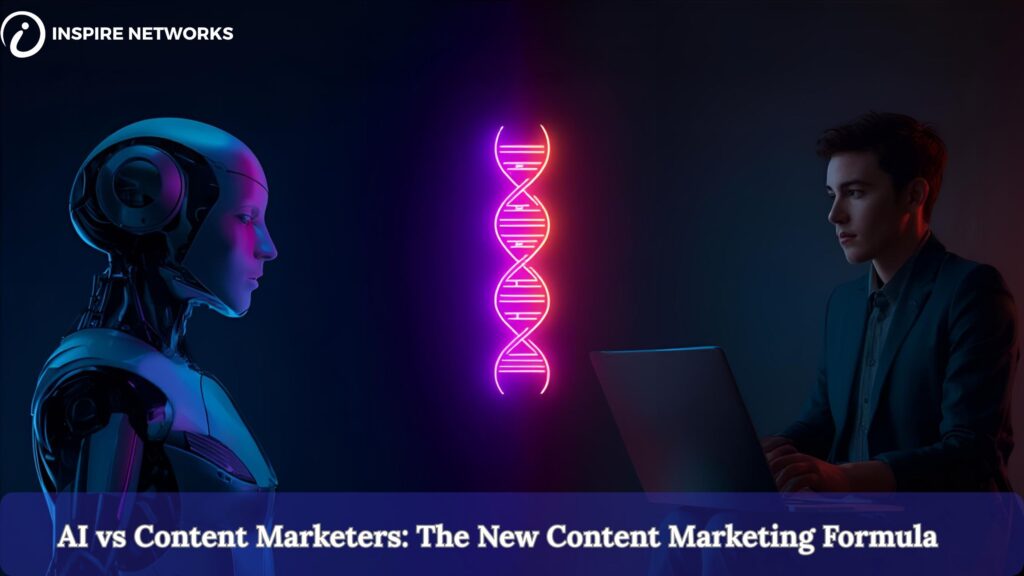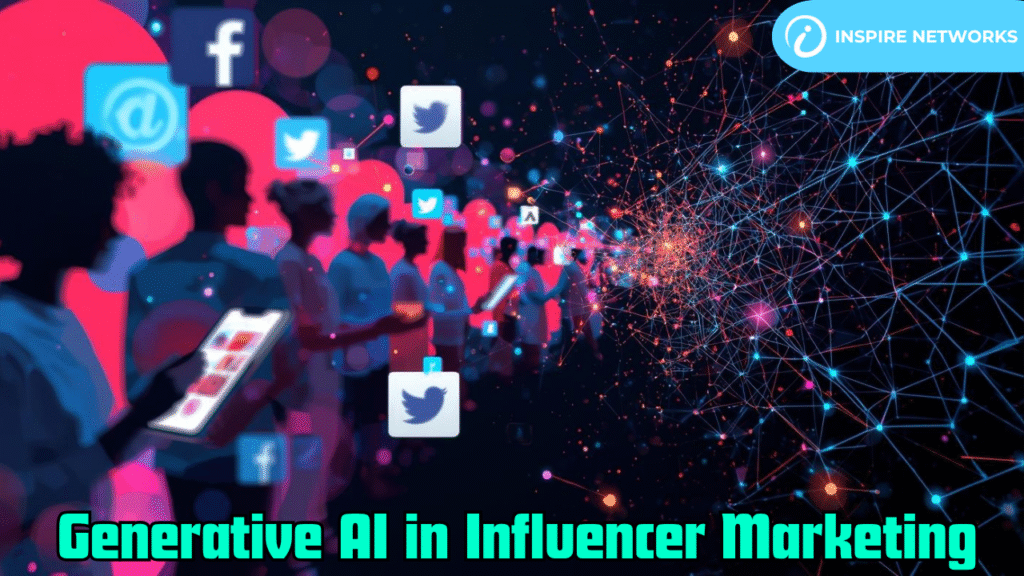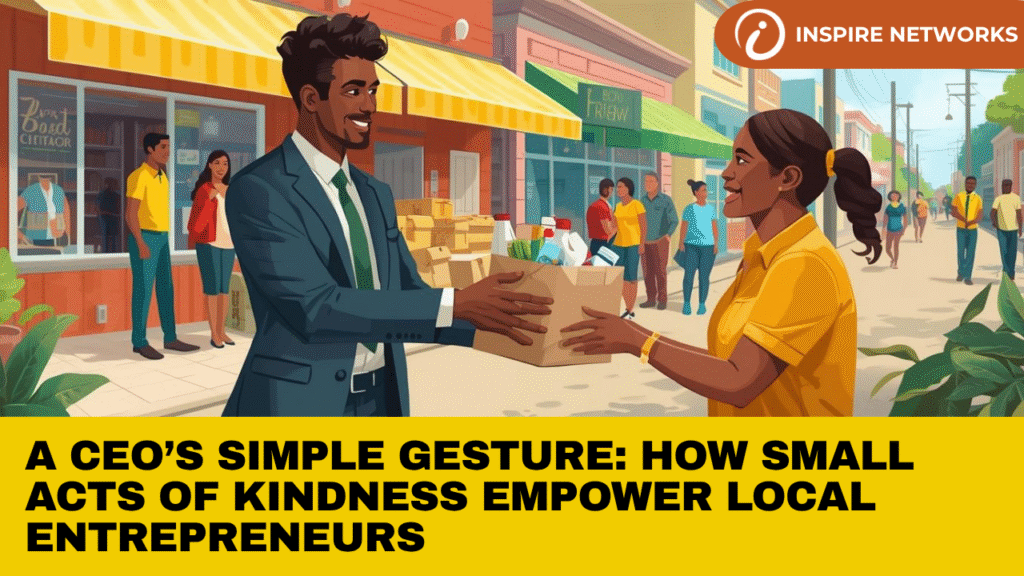Introduction
Large language models and conversational AI are rapidly adopted, the ability to advertise directly within conversational user interfaces is a specific advertising frontier.Different from traditional display or search-style advertising, ChatGPT advertising builds on an experience within a number of parameters.It surfaces highly relevant offers when some intent is expressed by those marketers who treat it as an experience design problem, not just one more space to buy. Kind-on top of that, somebody has a real good first party Data One other advantage: conversational advertising generates richer first-party signals and so creates more seamless paths to conversion.However, it also raises distinctive ethical, measurement, and user-experience challenges that call for careful planning to overcome.
What is ChatGPT Advertising?
ChatGPT advertising includes “sponsored suggestions”, branded conversational experiences and context-triggered recommendations inside a voice assistant. For example: a virtual assistant recommending a partner product in response to user query; a talk-oriented shopping flow sponsored by an advertiser; or an interactive lead-capture quiz embedded in chat. Defining characteristics: The message appears in the context of a natural-language exchange. It may follow up with questions to clarify. And its conversational assistant always keeps conversational context to make the user experience more asychronous.
Why Advertisers Should Take an Interest
- Higher intent and contextual relevance. Conversations always represent an information need. A recommendation made at the time of a purchase-relevant interaction has higher intent than a passive banner impression.
2. Personalization without heavy segmentation. Conversational flows can elicit a few simple answers and immediately offer recommendations requiring no further thought, giving a capability to micro-segment in almost real time.
3.Reduced friction. Chat flows can replace long pages in the form of landing page or multi-step forms with compact, guided interactions that lead people to a decision more quickly.
4. More first-party data. Conversational interactions bring you qualitative signals–the words used, questions asked in follow-up questioning, preferences expressed–that can inform creative and product decisions when you respect privacy and consent.
5. One way to distinguish yourself from others creatively is with brands that use interactive demos, storytelling, or character-driven dialogues. These things just don’t come across as well when delivered in other, static formats.
Real-world Application Cases
- Product Discovery: When users ask for recommendations, suggest related items and offer them an optional comparison.
- Lead Generation: With full consent, lead capture can be achieved using a brief qualification flow. Sales and CRM organizational systems are also getting increasingly popular.
- Official Guides and Customer Support: It’s now possible to provide how-to guides that are sponsored — thus reducing churn and strengthening customer loyalty.
- Content Amplification: Take long pieces and offer tips; turn them into short conversational summaries with download offers for reports loaded behind a registration wall.
- Local commerce and booking: In reaction to location-based inquiries, open nearby offers or appointment slots (only with user provision).
Threats and Challenges
- User Trust and Experience: Intrusive or insufficiently disclosed promotions is the most flagrant violation of trust a business can commit. The assistant has to think about utility – never make ads feel deceitful.
- Policy and Disclosure Requirements: New rules have been drafted that require transparent labeling of any materials that are sponsored. This is a moral obligation: not only will your reputation suffer but you may also find yourself being sued for noncompliance with the law.
- Measurement complexity and attribution: The old CPM/CTR models are unsatisfactory. Conversation events, downstream effects — all must be accounted for by anyone trying to measure attribution at this level.
- Contextual Rubbish Round Helmets.Everything needs to be designed around privacy and safety. AI might bring forth ads where you never expected to find any but we have to combine them together (yes, there is a good example about allowing credit cards to remain valid when going through a metal detector so important here too).
- Management and Privacy: Conversational logs contain sensitive signals. Therefore very strict governance, data minimization and clear consent should be the rule.
Best Practices
- Always make sure that your interaction has some value in and of itself before trying to get something back. The adage goes on to say “utilitarianism precedes permission”.
2. Pretend transparency clearly stipulates that all sponsorship should be identified as such using everyday language which does not intrude on the natural flow of a good conversation.
3. Short focused dialogues with a purpose in sight. People’s preference today is still for smaller bites; and left uninterrupted, a long ramble slows all rates down to practically nil.
4. Triggering prompts thoughtoutly. Optimize the triggering conditions so that each offer only pops up when it is most relevant. And whatever you do, never throw in a message which does not tie into the surrounding context.
5. Respect people’s permission and right to data protection. When you’re gathering conversational data, only solicit information that you strictly need, explain why it’s necessary to know this, and provide a means for folks (whether by text message or app alteration) to opt out.
6. Integrate with backend systems. Ensure that IT follows: “Walk on the familiar, fly after.” Feed contain(er)sational leads into CRM and analytics for unified measurement and follow-up (with consent).
7. Rigorously A/B test. Play around using different wordings, forms of disclaimer language, flow lengths and also incentives and benefits. This way you can see what drives success without damaging UX too much.
Measurement
Valuable KPIs include:
- Conversational engagement: how many messages go back and forth, what percentage of flows end satisfactorily or smoothly? How long does each user stay with the flow?
- Micro-conversions: bridge instances between chats and product pages, entering checkout from chat (or similar). Downloads someone initiates after talking to a bot.
- Downstream outcomes: yield, both quality and quantity, plus life-time value from relief tubes.
- Incremental lift: Experiments on conversational advertising’s impact in influencing actual behavior using control groups.
- Qualitative feedback: user satisfaction or dissatisfaction, what complaints are made, or what do people really think about your service by way of NPS after their interaction.
Take It to Very Specific Participants
- Begin with a pilot project. Choose one or two high-value scenarios such as product recommendations and lead capture to use–and stick with it.
- Clearly define the goals and parameters. Define what success will look like and also how it will be measured against a baseline.
- Create minimal viable flows. use short user-friendly scripts where the transaction’s purpose is clear and there are no nasty surprises Artists For Life Reclaim!
- Monitor tracking and connectors. Make sure that conversational events are recorded and mapped to CRM/analytics.
- Do experiments-and continue to experiment. Use A/B tests and qualitative feedback to improve triggers, wording, and conclusions.
- Be careful scaling up. After the ROI is as clear as day with return quickly guaranteed earth shattering (without) make sure that whatever you do has met all regulatory requirements before you move into new regions or roles.
Conclusion
ChatGPT-style advertising is full of promise as a new channel that can deliver highly relevant, intent-driven engagement. As happens with other channels, however, marketers need to view this bough as an experience design challenge and not a mere chance to put messages across The value of the channel lies in its talkative context, potential for personalization, and a rich flow of behavioral signals. To succeed, brands need to place the priority on utility, exert transparency and disclosure in their operations, protect user privacy Settings and put up robust measurement frameworks. Well-executed conversational ads can build on existing channels by turning moments of intent into measurable, meaning fell opportunities to interact with users.








